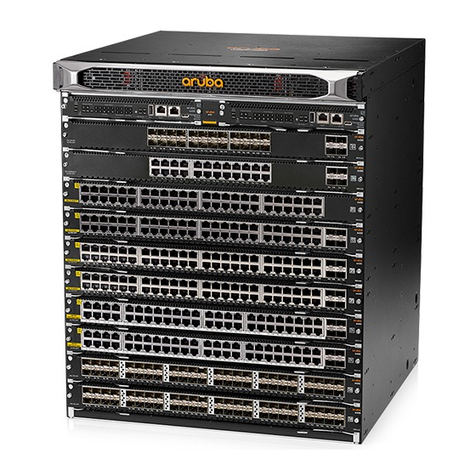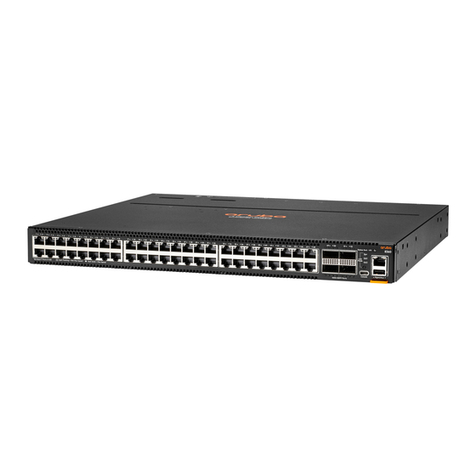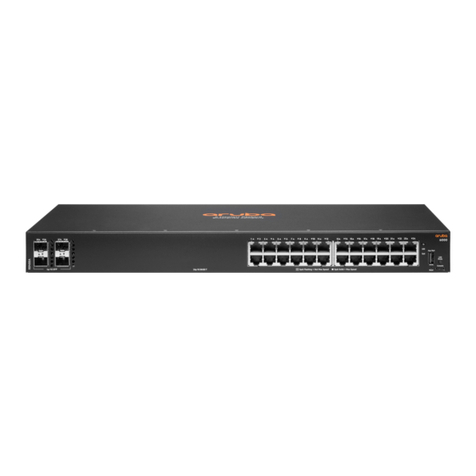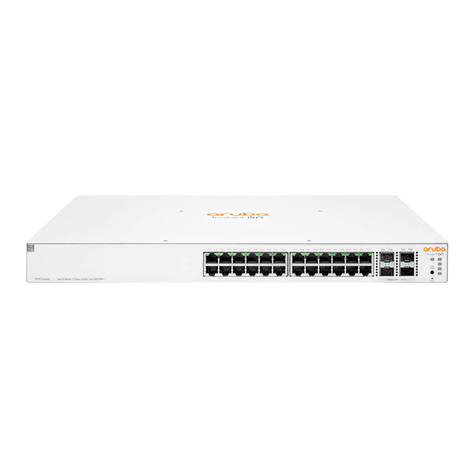Aruba 8320 User manual
Other Aruba Switch manuals
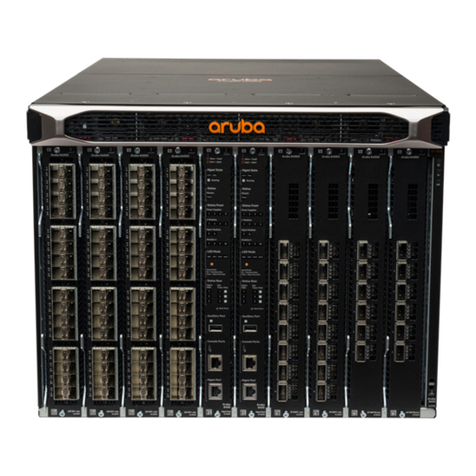
Aruba
Aruba AT-8400 SERIES User manual
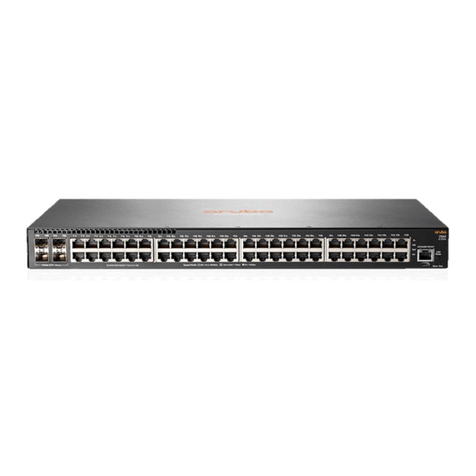
Aruba
Aruba 2540 User manual

Aruba
Aruba 2930F 24G 4SFP Plus User manual

Aruba
Aruba Instant On 1430 User manual
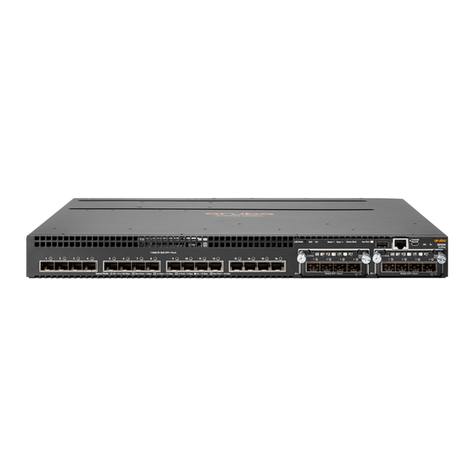
Aruba
Aruba 3810M User manual

Aruba
Aruba 6300F Series Owner's manual
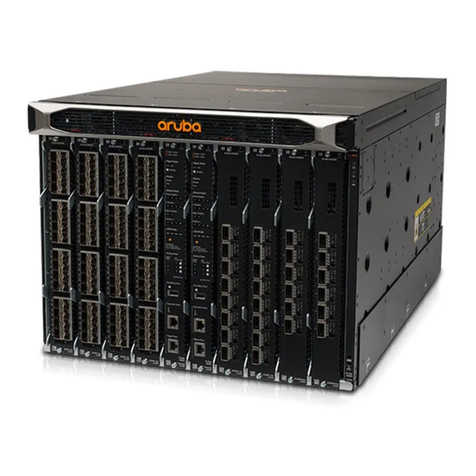
Aruba
Aruba 8400 Series User manual
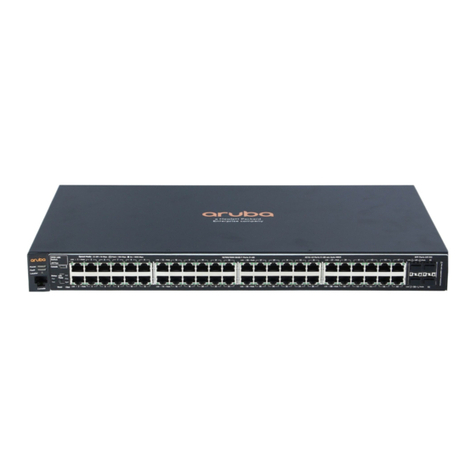
Aruba
Aruba 2530 User manual

Aruba
Aruba 6400 Series Owner's manual
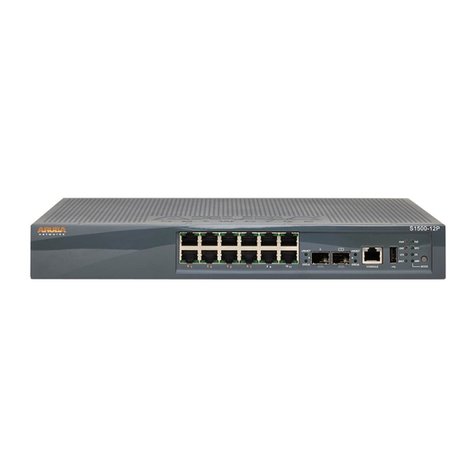
Aruba
Aruba S1500 Series User manual
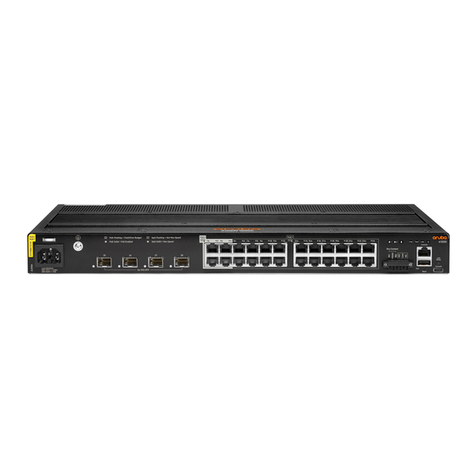
Aruba
Aruba 4100i Series User manual
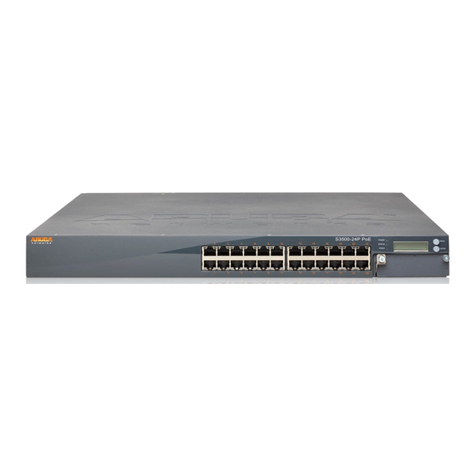
Aruba
Aruba S3500-24P User manual

Aruba
Aruba 8400 Series User manual
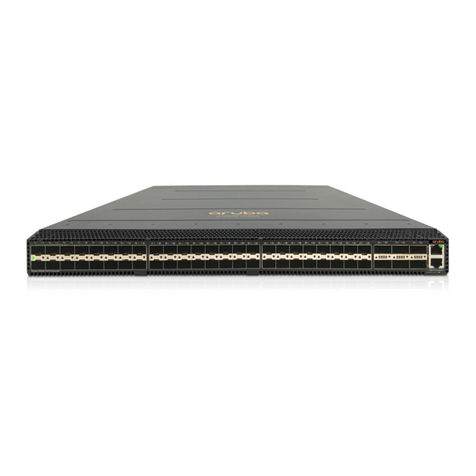
Aruba
Aruba CX 10000 Series User manual
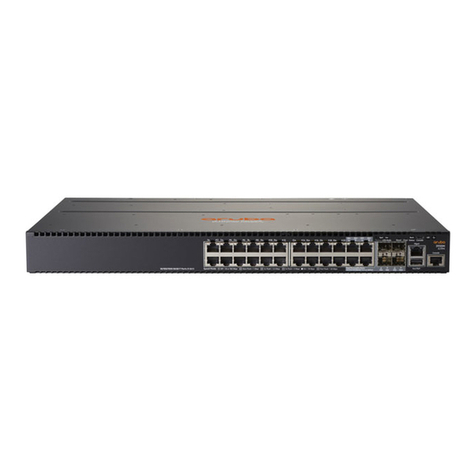
Aruba
Aruba 2930M User manual

Aruba
Aruba 2930M Owner's manual

Aruba
Aruba JL320A User manual
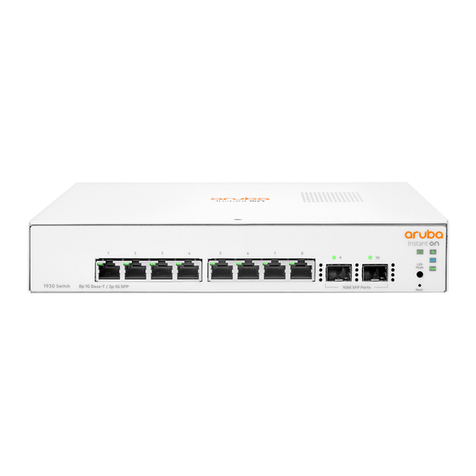
Aruba
Aruba Instant On 1930 Series User manual
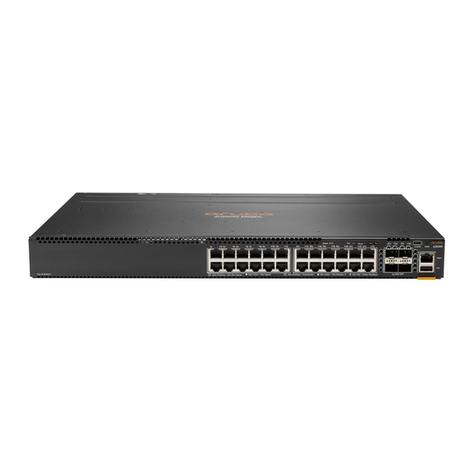
Aruba
Aruba 6300F Series User manual

Aruba
Aruba 8325 Series User manual
Popular Switch manuals by other brands

SMC Networks
SMC Networks SMC6224M Technical specifications

Aeotec
Aeotec ZWA003-S operating manual

TRENDnet
TRENDnet TK-209i Quick installation guide

Planet
Planet FGSW-2022VHP user manual

Avocent
Avocent AutoView 2000 AV2000BC AV2000BC Installer/user guide

Moxa Technologies
Moxa Technologies PT-7728 Series user manual

Intos Electronic
Intos Electronic inLine 35392I operating instructions

Cisco
Cisco Catalyst 3560-X-24T Technical specifications

Asante
Asante IntraCore IC3648 Specifications

Siemens
Siemens SIRIUS 3SE7310-1AE Series Original operating instructions

Edge-Core
Edge-Core DCS520 quick start guide

RGBLE
RGBLE S00203 user manual
